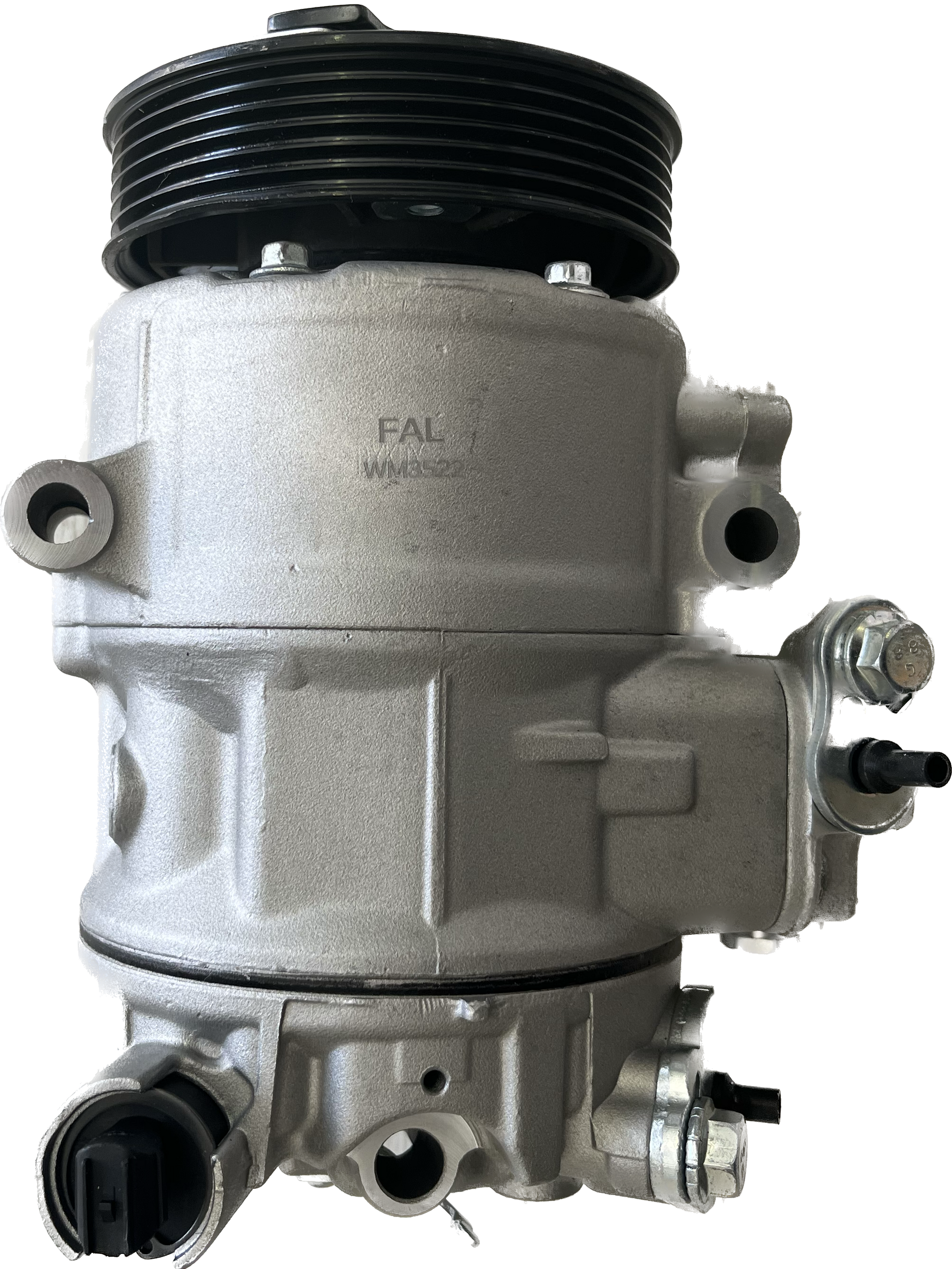Just How a Clp Engine Can Improve Effectiveness in Various Industries
The arrival of CLP engines marks a substantial shift in functional performance across numerous industries, driven by their capacity to optimize gas usage and lessen downtime. Industries such as production and logistics stand to acquire substantially from their robust layout and consistent power outcome, which guarantee to simplify operations and improve performance. As organizations significantly prioritize sustainability alongside effectiveness, the function of CLP engines ends up being a lot more essential. What remains to be seen is how these improvements will certainly shape the future landscape of commercial procedures and their impact on wider financial fads (clp engine).
Introduction of CLP Engines
CLP engines, or Constant Liquid Propellant engines, represent a significant advancement in propulsion modern technology, specifically for room applications. These engines use a constant feed system that permits the continual expulsion of propellant, bring about improved effectiveness and performance compared to traditional strong or hybrid propulsion systems. By keeping a consistent circulation of liquid propellant, CLP engines can achieve a lot more specific drive control, which is important for maneuvering spacecraft in numerous objective scenarios.
The layout of CLP engines integrates innovative products and ingenious gas administration systems. clp engine. This results in lowered weight and enhanced reliability, important variables for long-duration area missions. Moreover, the continuous procedure decreases the threat of combustion instability, an usual difficulty in standard rocket engines.

Advantages in Production
The production of Constant Liquid Propellant (CLP) engines provides a number of noteworthy advantages that enhance both performance and cost-effectiveness. Among the key advantages is the streamlined production procedure, which lowers the intricacy associated with standard propulsion systems. By using liquid propellant, suppliers can attain greater accuracy in engine performance, bring about optimized power result and lowered waste.
In addition, CLP engines facilitate a greater level of modularity, permitting simpler integration right into different manufacturing lines. This adaptability can considerably lower lead times and enhance general operational flexibility. Using CLP modern technology likewise tends to decrease the requirement for comprehensive maintenance because of fewer relocating components, which translates right into minimized downtime and operational prices.

Applications in Logistics
Leveraging Continuous Liquid Propellant (CLP) engines in logistics provides significant advantages in functional effectiveness and dependability. These engines supply a durable option for numerous transport demands, making it possible for the smooth activity of items throughout huge ranges. The intrinsic design of CLP engines enables for consistent power output, which translates right into smoother and extra foreseeable transport routines.
One of the key applications of CLP engines in logistics is in sturdy products transport, where they can drive both ground and aerial vehicles. Their ability to keep high efficiency under varying load problems makes sure that shipment timelines are satisfied, thereby enhancing consumer fulfillment. Furthermore, CLP engines can be integrated into automated logistics systems, helping with real-time tracking and maximizing path planning.
In addition, the durability of CLP engines lowers upkeep downtime, enabling logistics business to optimize their functional capabilities. This is specifically helpful in warehousing operations, where efficiency in managing and carrying goods is important. As logistics continues to advance, the combination of CLP engines represents a forward-thinking technique that not only boosts performance but likewise check my reference supports the market's expanding demands for integrity and speed.
Influence On Energy Performance
How do Continual Fluid Propellant (CLP) engines improve power efficiency in transport? CLP engines use a constant circulation of fluid fuel, enhancing burning processes and preserving a secure thrust outcome. This layout reduces power losses associated with standard burning engines, where fuel shipment can differ and lead to ineffectiveness.
The continuous operation of CLP engines permits a more efficient thermal cycle, leading to greater particular impulse contrasted to standard engines. clp engine. This translates to decreased gas consumption for the exact same quantity of work done, dramatically lowering functional costs throughout various transportation fields, including air travel and maritime markets
Moreover, the capability of CLP engines to keep ideal efficiency under differing load conditions minimizes Go Here the demand for constant velocity and deceleration, better boosting gas performance. Boosted power performance not just adds to set you back financial savings but also results in reduce greenhouse gas discharges, lining up with global sustainability goals.
Future Trends and Innovations
Emerging developments in Continual Fluid Propellant (CLP) engine modern technology pledge to reinvent the landscape of transportation efficiency and sustainability. As industries pivot towards greener choices, CLP engines stand at the center, incorporating ingenious materials and design methodologies that boost efficiency while reducing environmental influence.
Among the most promising fads is the fostering of hybrid systems that combine CLP engines with renewable resource sources. This harmony can maximize fuel intake and lower discharges, aligning with international sustainability goals. Advancements in computational liquid dynamics (CFD) are assisting in the design of even more aerodynamically efficient engines, leading to lowered drag and enhanced fuel effectiveness.
Furthermore, the growth of wise monitoring systems is readied to boost operational efficiencies. These systems utilize data analytics and IoT modern technology to enhance engine performance in real-time, guaranteeing that the engines operate within their most reliable specifications.
As research remains to explore different propellant formulas-- such as biofuels and synthetic fuels-- the future of CLP engines looks appealing. By using these innovations, markets can not just improve their effectiveness yet also add dramatically to a cleaner, much more lasting future in transport.
Conclusion
In conclusion, CLP engines stand for a substantial improvement in efficiency across numerous industries. Their capability to optimize gas usage and lower functional prices, combined with a constant feed system, boosts power result and functional reliability. The integration of sophisticated products and less moving components lessens upkeep demands, while positioning with sustainability objectives positions CLP engines as a basics crucial innovation for the future. Proceeded advancement in this area promises additional enhancements in effectiveness and ecological efficiency.